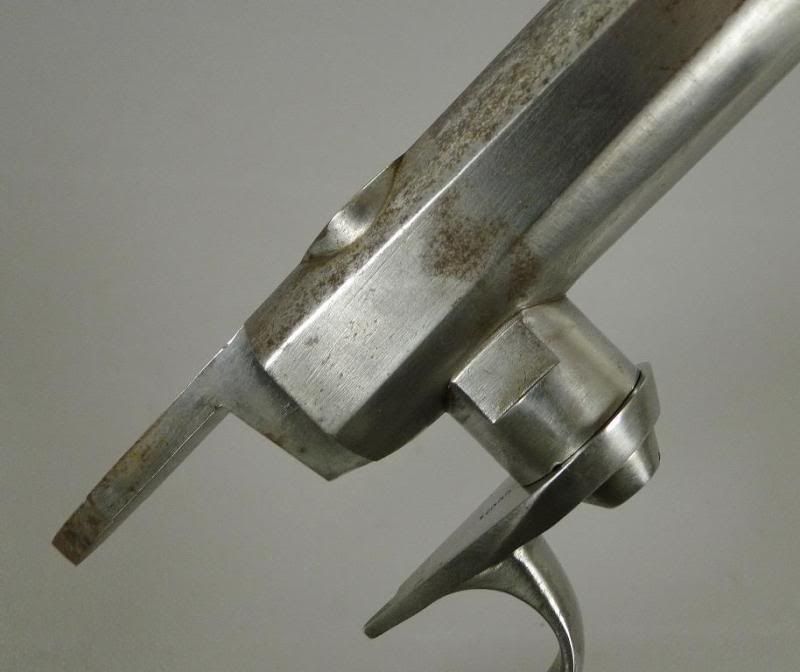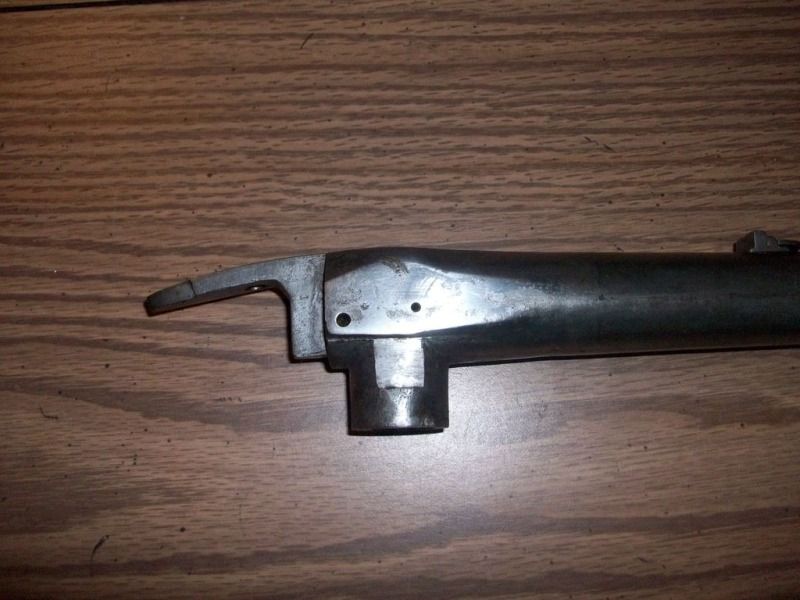I visited my gun maker Sunday, December 9. I took my TRS-Rayl Ferguson collection of stuff for him to examine and to contract him to build. We have a big problem that ONLY those who own or have made Ferguson rifles may have solved themselves. My L-H L&R Late English Flint Lock (#1000) does not fit the receiver properly. The specific problem appears to be that the width of the mainspring is too great. Were my gun maker to reduce its width sufficiently to fit the receiver, it would be about half normal width.
Clearly, we are doing something wrong because the problem, on its face, makes no sense. Can you help me out?
I think - I hope - I have included sufficient photographs to allow someone to identify a solution, removing metal from the side of Ferguson's receiver not being a safe possibility.
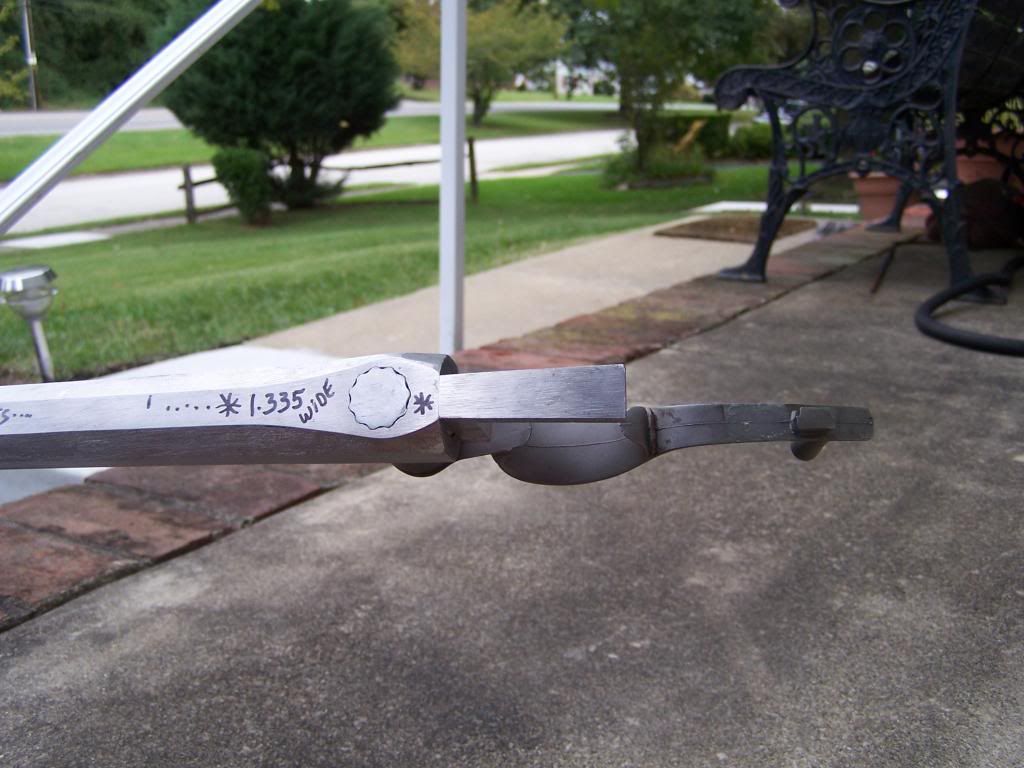
These are two views of a properly fitting lock on a TRS receiver.
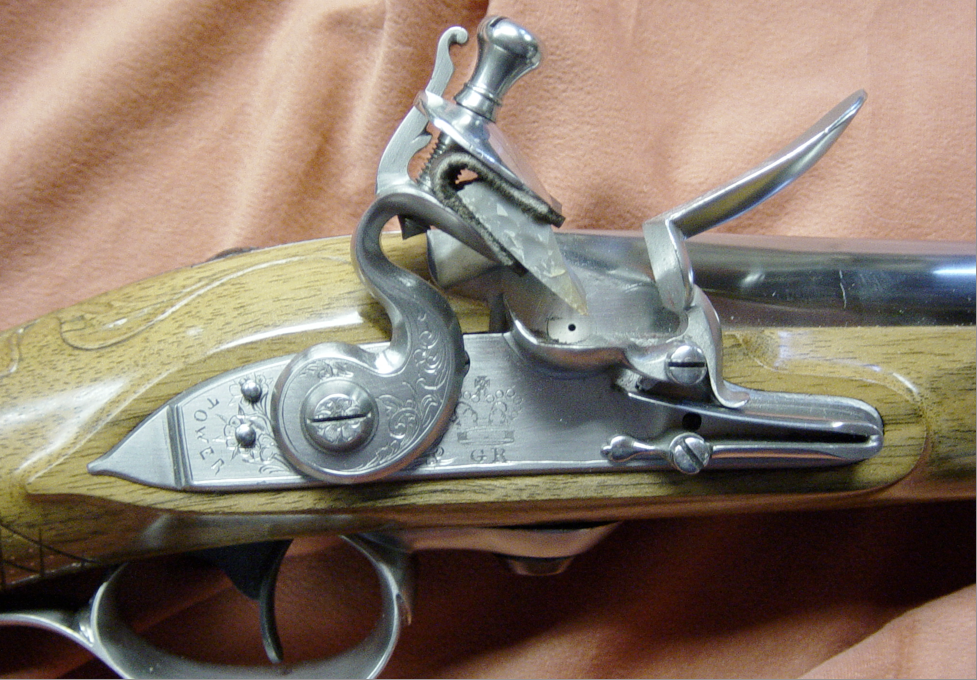
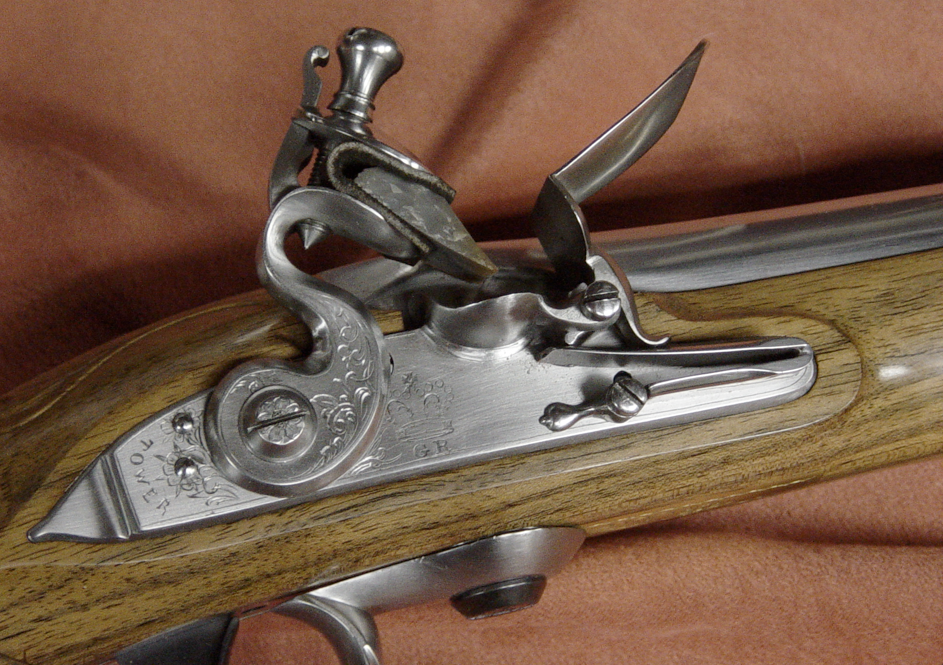
These are views of [my] L-H L&R Late English lock, plus one graphic from L&R's Late English flintlock web page.
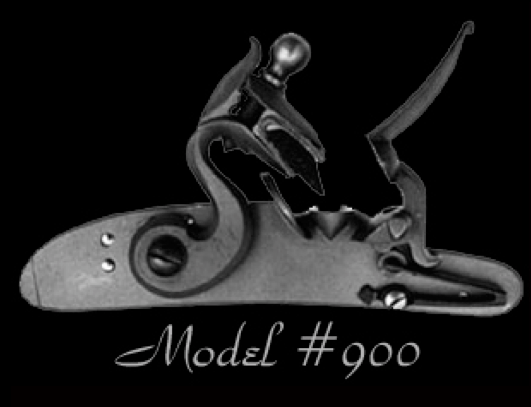
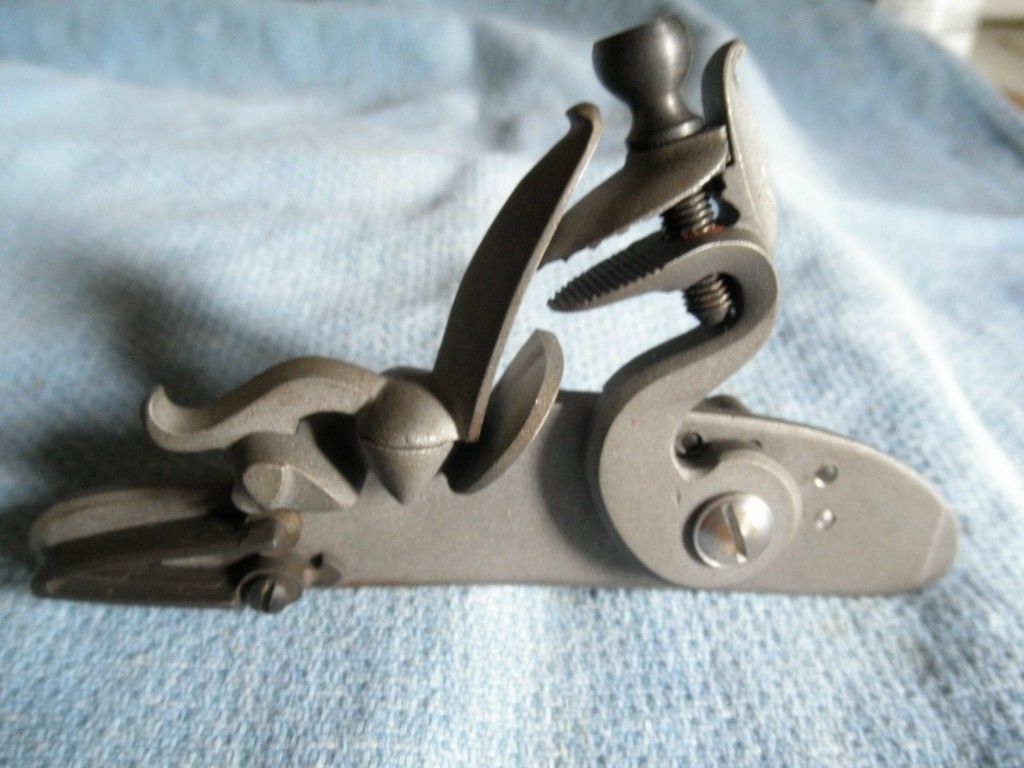
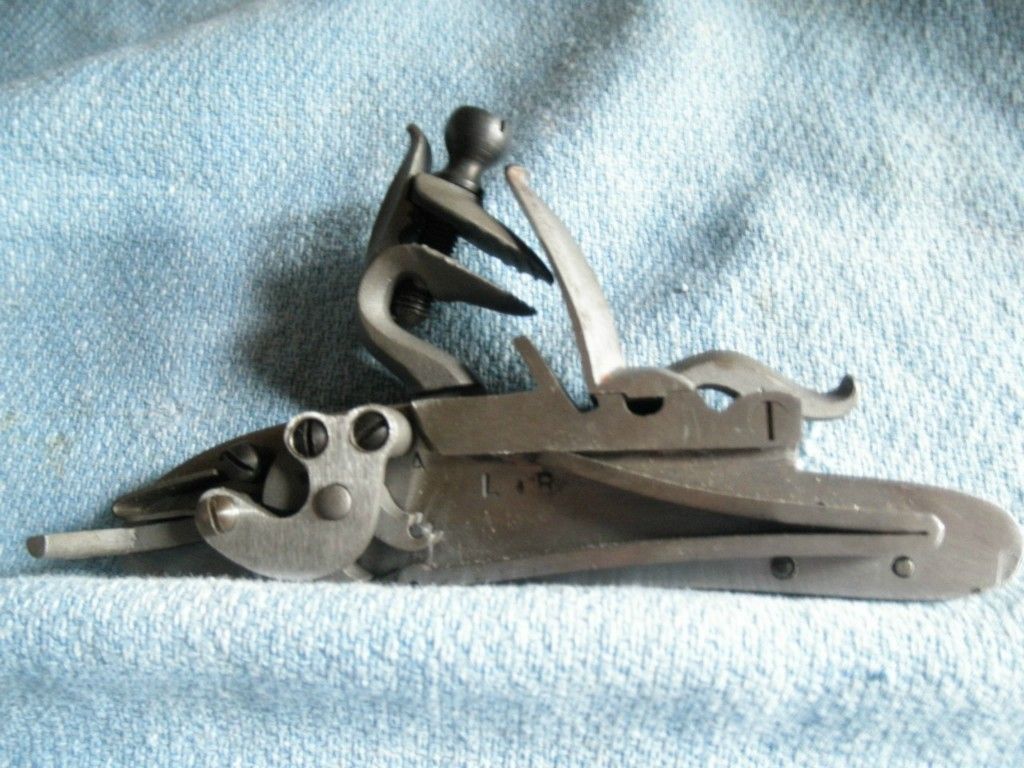
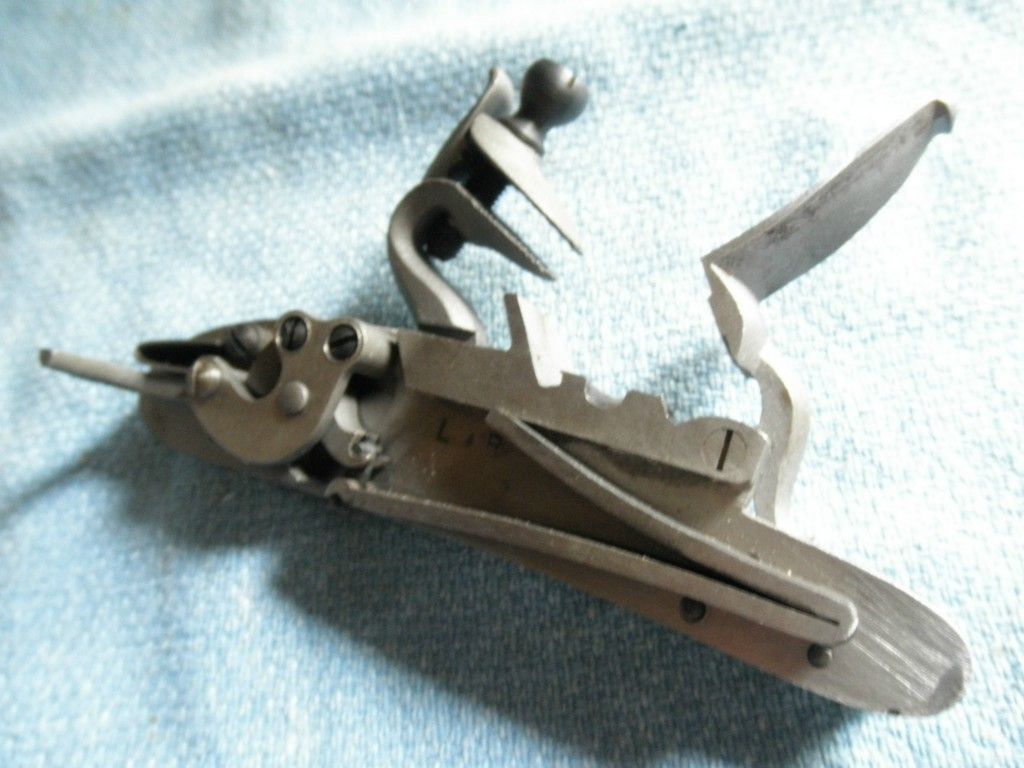
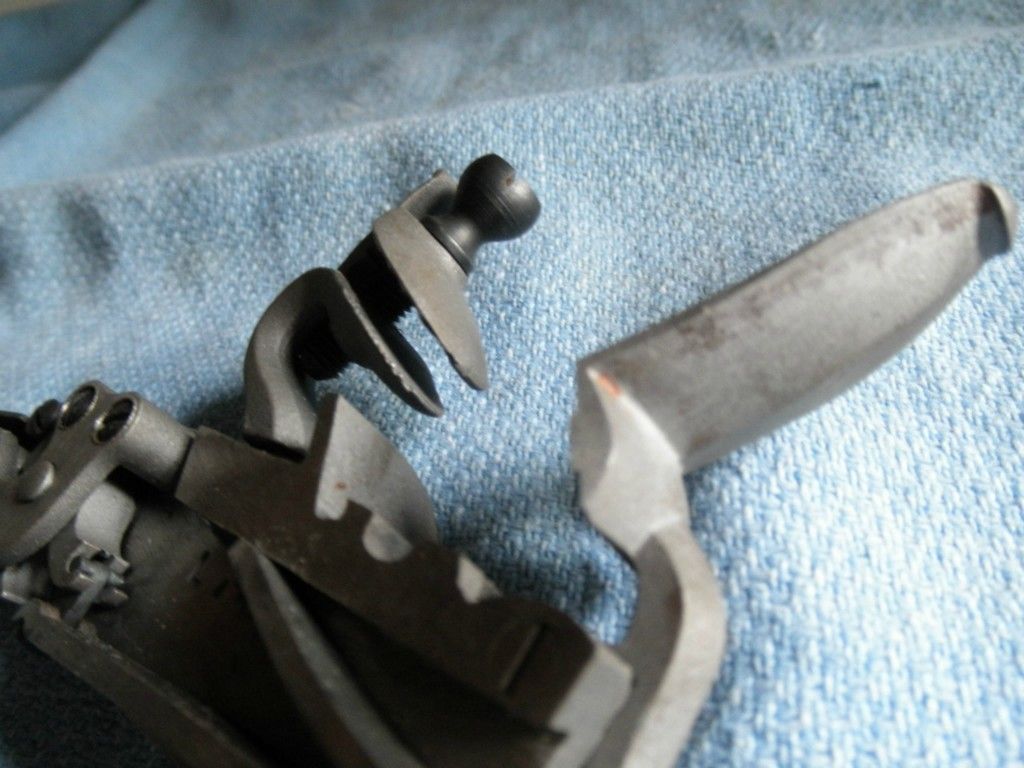
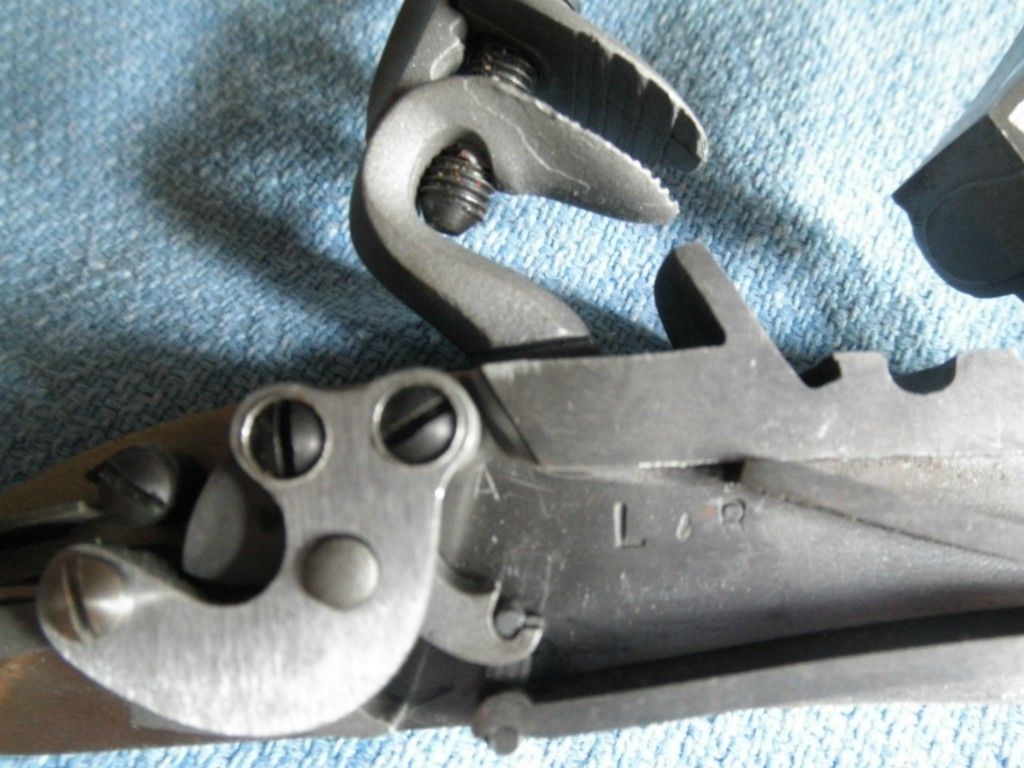

Clearly, we are doing something wrong because the problem, on its face, makes no sense. Can you help me out?
I think - I hope - I have included sufficient photographs to allow someone to identify a solution, removing metal from the side of Ferguson's receiver not being a safe possibility.

These are two views of a properly fitting lock on a TRS receiver.


These are views of [my] L-H L&R Late English lock, plus one graphic from L&R's Late English flintlock web page.











